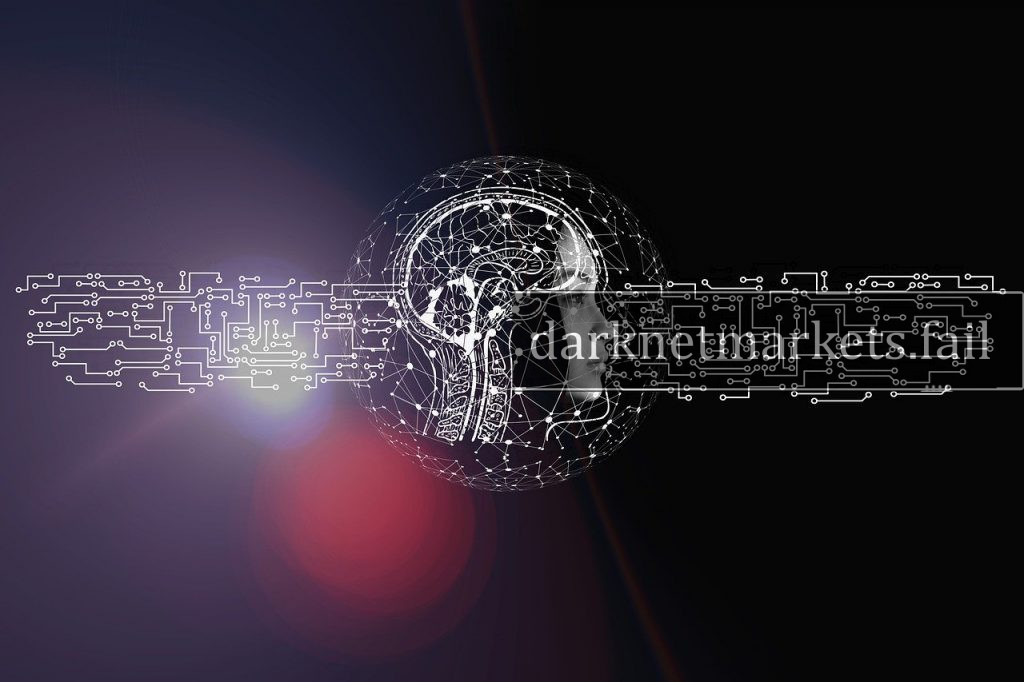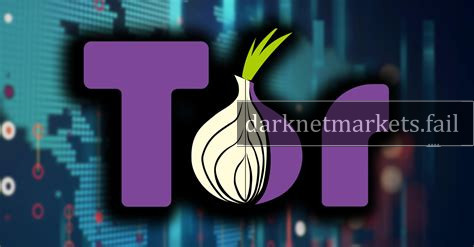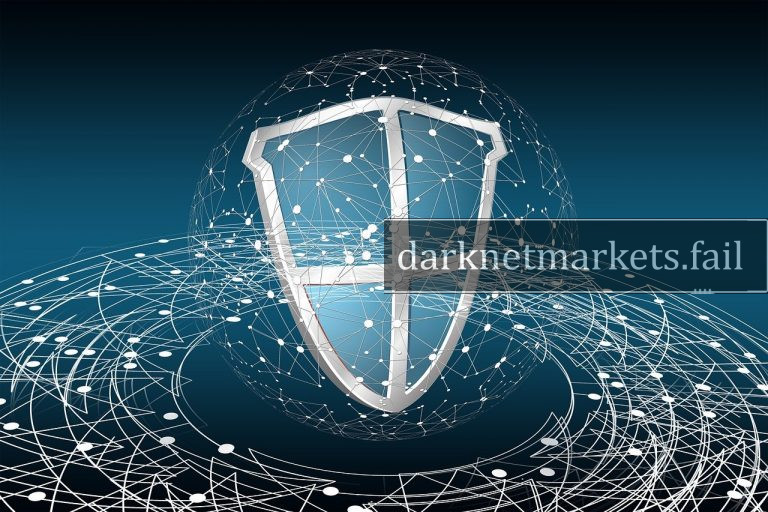Digital Underworld: Understanding the Hidden Side of the Internet

Digital Underworld – The internet has revolutionized the way we communicate, shop, work, and even think. With the click of a button, we can access an almost unlimited amount of information and services. However, hidden beneath the surface lies a darker and more complex side of the internet, often referred to as the “Digital Underworld.” This segment of the online world, which includes the Dark Web, Deep Web, and various illicit networks, is a space where anonymity, encryption, and a lack of oversight create a breeding ground for illegal activities, but also for privacy-conscious individuals seeking refuge.
In this blog post, we will take a deep dive into the Digital Underworld—exploring what it is, how it works, and its implications for privacy, security, and society.

What is the Digital Underworld?
The Digital Underworld refers to the hidden parts of the internet that are not indexed by traditional search engines like Google, Yahoo, or Bing. It encompasses both the Deep Web and the Dark Web.
- Deep Web: This is the portion of the internet that is not indexed by search engines, meaning it cannot be easily found using typical online searches. It includes private accounts, subscription-based services, academic databases, and more. The Deep Web accounts for the vast majority of online content, and much of it is entirely legitimate and harmless.
- Dark Web: This is a small but notorious portion of the Deep Web that requires specialized tools, like Tor (The Onion Router), to access. Websites on the Dark Web are intentionally hidden and use encryption to ensure anonymity for both users and websites. While the Dark Web is not inherently criminal, it has become associated with illicit activities due to its anonymity features.
Together, these layers of the internet constitute the Digital Underworld, a vast and largely unregulated space that is difficult to navigate but full of opportunities and risks.
The Technologies That Power the Digital Underworld
Several technologies are essential to the functioning of the Digital Underworld. These tools ensure privacy, encryption, and anonymity, which are vital for users seeking to operate in this hidden part of the internet. The most important of these technologies include:
1. Tor Network
The Tor network is perhaps the most well-known tool used to access the Dark Web. Tor, short for “The Onion Router,” uses a system of encrypted “layers” (like the layers of an onion) to route internet traffic through multiple nodes around the world. This process ensures that users can access websites on the Dark Web without revealing their true IP address, providing them with privacy and anonymity.
While Tor is essential for accessing many Dark Web websites (which have the .onion extension), it is also used by individuals looking to enhance their privacy while browsing the surface web. For example, Tor is used by journalists, activists, and individuals in repressive regions to maintain anonymity.
2. Cryptocurrencies
Cryptocurrency is another key component of the Digital Underworld, as it facilitates anonymous and decentralized financial transactions. On the Dark Web, cryptocurrencies like Bitcoin, Monero, and Ethereum are used for a wide range of transactions. Since cryptocurrencies are not tied to traditional banking systems, they provide an anonymous way for individuals to make purchases without revealing their identity or personal information.
Monero, in particular, is favored by many Dark Web users due to its focus on privacy. Unlike Bitcoin, which can potentially be traced back to a user, Monero transactions are designed to be completely untraceable.
3. End-to-End Encryption
End-to-end encryption is essential for secure communication on the Digital Underworld. This technology ensures that messages exchanged between parties cannot be intercepted or read by anyone other than the intended recipient. Popular encryption tools like PGP (Pretty Good Privacy) and Signal allow users to communicate securely and privately on the Dark Web, protecting their conversations from prying eyes.
For those involved in sensitive activities, such as whistleblowers or journalists working in hostile environments, encryption is a critical tool for maintaining privacy and ensuring the security of their communications.
The Activities of the Digital Underworld
While the Digital Underworld is often associated with criminal activities, it is important to note that not everything on the Dark Web is illegal. However, the anonymity provided by technologies like Tor and cryptocurrencies has made it a haven for a variety of illicit activities.
1. Illicit Marketplaces
One of the most well-known aspects of the Digital Underworld is the existence of illicit marketplaces where users can buy and sell illegal goods. These goods often include:
- Drugs: Illegal narcotics, prescription medications, and other controlled substances.
- Stolen Data: Personal information such as credit card numbers, login credentials, and social security numbers.
- Weapons: Firearms, explosives, and other illicit weapons are often traded on Dark Web marketplaces.
- Counterfeit Products: Fake IDs, counterfeit luxury goods, and forged documents are common offerings.
These marketplaces are often built with advanced security measures, including encrypted communication and escrow services, to facilitate anonymous transactions.
2. Hacking Services
Another common activity in the Digital Underworld is the sale of hacking tools and services. Cybercriminals can purchase malicious software like malware or ransomware to infiltrate and damage computer systems. DDoS (Distributed Denial of Service) attacks, which flood a website with traffic to take it offline, are also sold as services on the Dark Web.
Additionally, hacking-for-hire services are available, where users can pay individuals to carry out specific cybercrimes, such as stealing sensitive data, launching cyberattacks, or even causing disruptions to competitors’ websites.
3. Whistleblower Platforms
While much of the activity on the Digital Underworld is illicit, some parts of it serve a noble cause. The anonymity offered by the Dark Web has made it a safe space for whistleblowers to expose corruption, government malfeasance, and corporate misconduct without fear of retaliation.
Platforms like SecureDrop are used by journalists and organizations to receive anonymous tips from whistleblowers. These platforms protect the identity of both the whistleblower and the journalist, allowing for the safe exchange of information.
4. Freedom of Speech and Political Activism
For individuals living in authoritarian regimes or countries with restrictive speech laws, the Digital Underworld provides a platform to express themselves freely. Activists, journalists, and dissidents use the Dark Web to share information, communicate securely, and organize politically without fear of censorship or surveillance by government authorities.
The anonymity provided by tools like Tor and encrypted communication ensures that these individuals can engage in activism and opposition without risking their safety.
The Risks of the Digital Underworld
While the Digital Underworld may offer privacy and freedom, it also comes with significant risks. The most notable of these risks include:
1. Legal Consequences
Engaging in illegal activities on the Dark Web can result in severe legal consequences. Law enforcement agencies around the world are actively monitoring Dark Web marketplaces and other platforms for illicit activity, and many high-profile busts have led to the arrest and prosecution of cybercriminals.
2. Scams and Fraud
The anonymity provided by the Digital Underworld has made it a hotbed for scams. Users can easily fall victim to fraudulent sellers who take payment without delivering the promised goods or services. In addition, some sites on the Dark Web contain malicious software that can infect your computer and steal sensitive information.
3. Cybersecurity Threats
The Digital Underworld is rife with threats such as hacking, identity theft, and data breaches. Malicious actors exploit vulnerabilities in both users’ systems and websites, putting users’ personal data and financial information at risk.
Conclusion
The Digital Underworld is a complex and multifaceted space that serves as both a sanctuary for privacy and a hub for criminal activity. The technologies that power the Dark Web, such as Tor, cryptocurrencies, and end-to-end encryption, provide crucial tools for those seeking anonymity and security. However, these same technologies also facilitate illegal activities, from drug trafficking to cybercrime.
As the Digital Underworld continues to evolve, it will remain a topic of intense debate. On one hand, it promotes privacy and freedom of speech, while on the other hand, it serves as a breeding ground for criminality. For users, navigating this space requires a balance of caution, awareness, and security.



